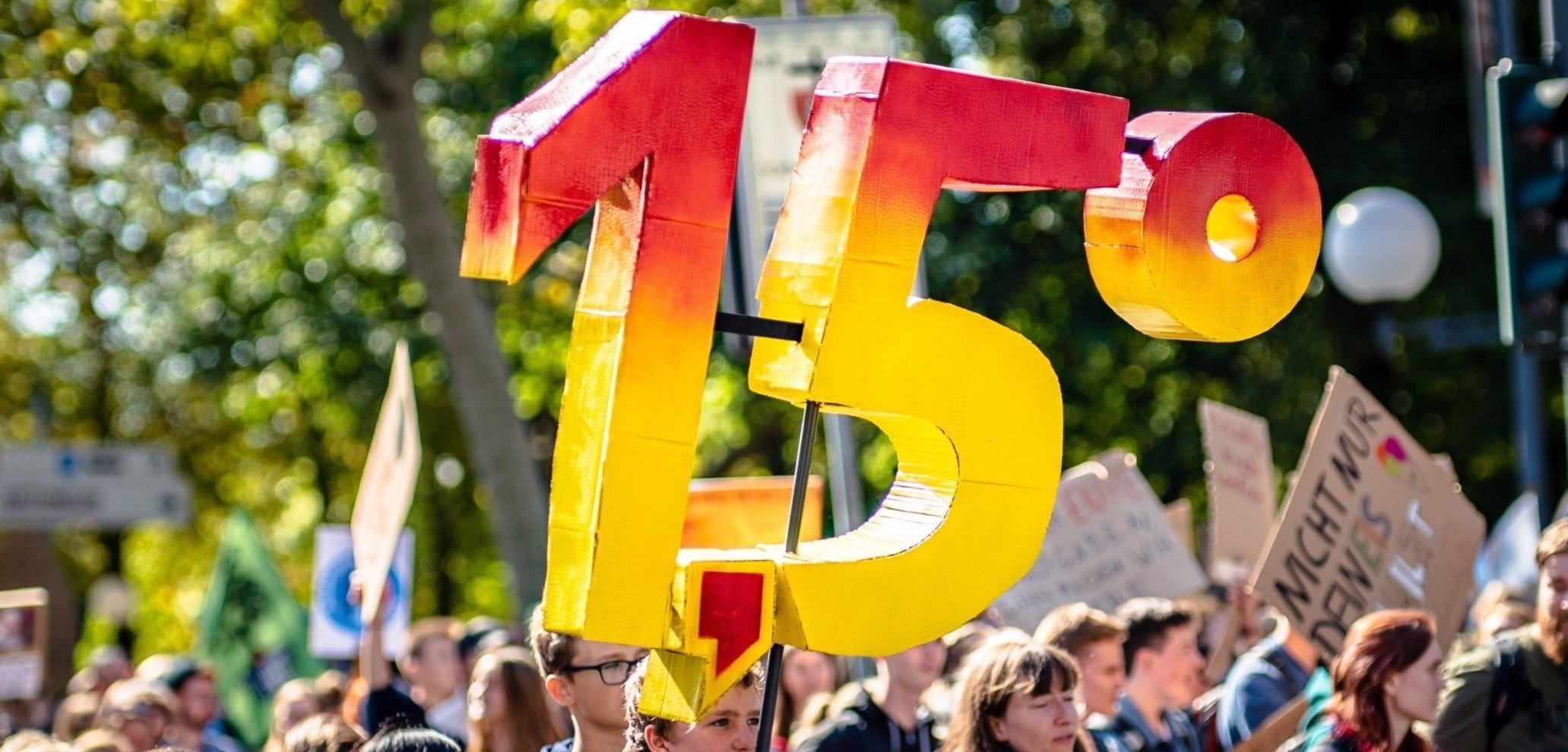2021: A Year of Climate Crisis and Collaboration
For the climate crisis the last year has seen key summits, increased publicity, and billions of pounds channelled into green investment funds.
COP26 was a monumental milestone on our collective journey towards fighting the emergency we see our planet in the midst of. The two-week conference held in Glasgow brought together nearly 200 diplomats who worked together to refine details of the Paris Agreement and accelerate action towards the goals of the UN Framework Convention on Climate Change. The result of this was the unanimously signed Glasgow Climate Pact that promises to drive home efforts towards cutting global emissions, and requires wealthy nations who do the most harm to our planet, yet see the least of the resulting deadly consequences, to finally pull their own weight and protect the poorer nations who are suffering the most.
This all occurred during the most turbulent year we have ever experienced in terms of the climate emergency. Devastating weather seems to have become the norm and temperature records have been broken over and over again. In August the Intergovernmental Panel on Climate Change delivered its starkest warning to the world yet, that some of the impacts of climate change are now inevitable and “irreversible”.
COP26 sought to set more ambitious goals to cut greenhouse emissions globally, and promoted the dream of limiting global warming to 1.5C. It also hosted discussions on how we can best adapt to the effects of the climate crisis to protect communities and the natural environment, and how we can provide aid to developing countries who are suffering the worst as a result of the impacts.
Household names, from life-long climate activist David Attenborough, to astronaut Tim Peake, implored Nation States to do better. On the surface, COP26 seemed to leave no climate stone unturned. Science and innovation were given centre stage. Disproportionately negatively affected communities were discussed. Youth action was called for. The importance of nature and sustainable land use had its moment in the spotlight.
But as we step into 2022, we need to ask, was any of this enough?
Even in the days just after COP26, the answer was clearly no.
The deal reached fell short of the conference’s objectives, and where it agreed to a promise, it’s plans for implementation were vague at best.
On limiting global warming, countries decided to meet instead in 2022 to set a plan of action on how to achieve this goal. Not only is this too little, and much too late, but the current pledges tabled to be discussed will only limit global warming to around 2.4C – nearly a full degree above the “acceptable” 1.5C.
For the first time at a COP meeting, coal was on the agenda. Coal produces around 40% of all CO2 emissions globally, and the conference started with the express intention of reducing this dramatically by scaling down its use. But this commitment changed - watered down from “phase out” to a milder “phase down”. Plans to phase out the subsidies given to other fossil fuels like oil and gas were also agreed, but similarly, no timeline or plans were set in stone – or even in sand.
The pledge to provide aid to poorer countries – potentially a trillion dollars a year – is no doubt a step in the right direction. This money is supposed to help them mitigate the devastating effects climate change is having on their environments, and aid in making the transition to renewable energies. But, this pledge has been made before - £75 billion a year was supposed to be provided by 2020, and that target was missed by a long shot – so we will have to wait and see if the promise is kept this time around.
Of course, some good did come of COP26. The US and China, the two biggest emitters of greenhouse gasses in the world, agreed to cooperate more in reducing their environmental impact. Over 100 national leaders pledged to stop deforestation by 2030. Methane levels are to be cut by 30% by 2030, and private companies included themselves in the goal of reaching Net Zero by 2050 by agreeing to back “clean” technologies.
Still, only a few of these countries have made their pledges taken at COP26 legally binding.
If we are ever going to meet Net Zero, we have to do much more, and much faster.
2021 saw many strides in the right direction. To name only a few: in a gigantic win for the climate movement, the German courts found that the government’s current climate initiatives were insufficient to protect future generations; Royal Dutch Shell was ordered to cut its global carbon emissions by 45% by the end of 2030 in an unprecedented ruling that will have huge implications for major polluting industries; and dolphins returned to the New York East River after a $45m clean up.
COP26 was important in highlighting just how crucial global collaboration is in fighting the climate crisis, and its failures are crucial in showing us all just how far we have to go to effectively combat the damage done.
But the world is now incentivised to do better, and Neutral Ignition is fired up and ready to play its part in the journey ahead.
Now 2022 is upon us, it’s time to think of the next steps.
Written by Estelle Clayton


